#Worcestershire
Text

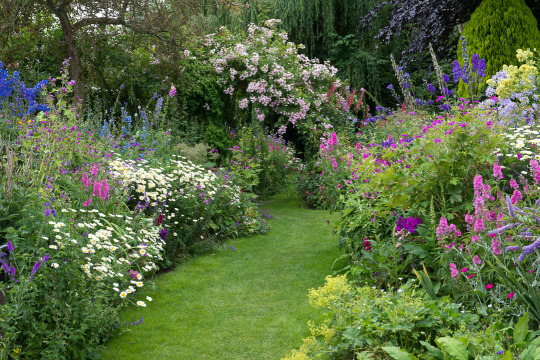

Worcestershire, England by Nicola Stocken
#nature#naturecore#nature aesthetic#cottagecore#flowers#flowercore#garden#worcestershire#england#uk#flower garden#cottage garden#spring#flowery#petitworld favs#petitworld
11K notes
·
View notes
Photo


This wisteria drenched Manor House, outside Broadway, is the dream romantic Cotswolds getaway. ~ James Lloyd Cole
Broadway, Cotswolds, Worcestershire, England, United Kingdom
#The cotswolds#Broadway#Worcestershire#England#United Kingdom#elegant countryside#garden#Wisteria#flowers#cottagecoreedit#cottagecore#my edit#Floral queue 💐
3K notes
·
View notes
Photo


joeweaver_photography
4K notes
·
View notes
Text

Madresfield Court, Madresfield, Worcestershire, United Kingdom
#art#design#architecture#history#luxury lifestyle#style#luxury house#luxury home#united kingdom#madresfield#court#worcestershire#moated house#malvern
770 notes
·
View notes
Text

Broadway, Cotswolds / UK (by Sofia Porzsolt).
1K notes
·
View notes
Text

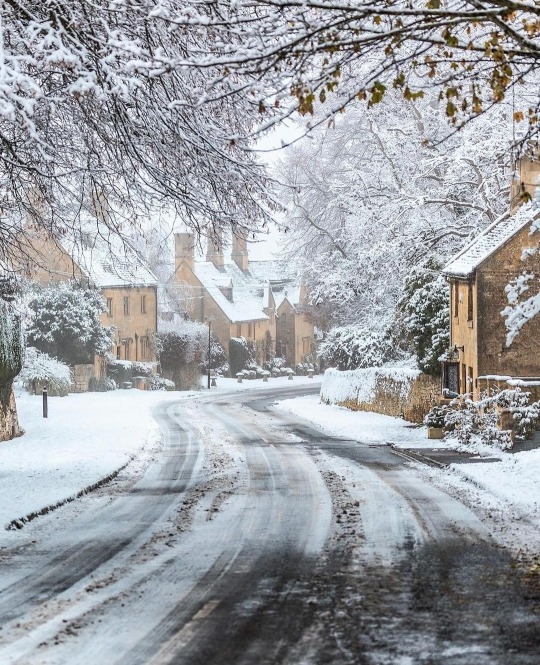
Broadway, Worcestershire, England
cr: mrgaryellis on instagram
#worcestershire#uk#photography#winter#winter aesthetic#english countryside#english village#country life#country living#cottagecore#winter cottagecore#cottagecore aesthetic#e
168 notes
·
View notes
Text
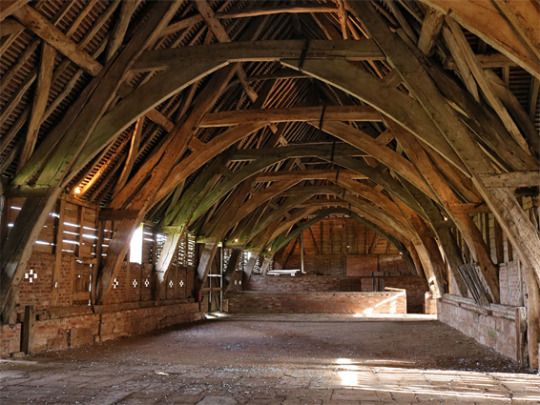
Few mediaeval barns are left in Britain, but Leigh Court endures..
#Leigh Court#Pershore Abbey#Worcestershire#Midlands#UK#mediaeval#oak beams#cruck barn#tithe barn#14th century#English farming#craftsmanship#agriculture#rural britain
132 notes
·
View notes
Photo

Lovely to see the Romany folk camped in our local lanes again this summer. These people respect the land and never leave litter behind when they move on unlike some of the other travelling communities.
Lower Bentley
Summer Solstice ~ June 2023
219 notes
·
View notes
Text
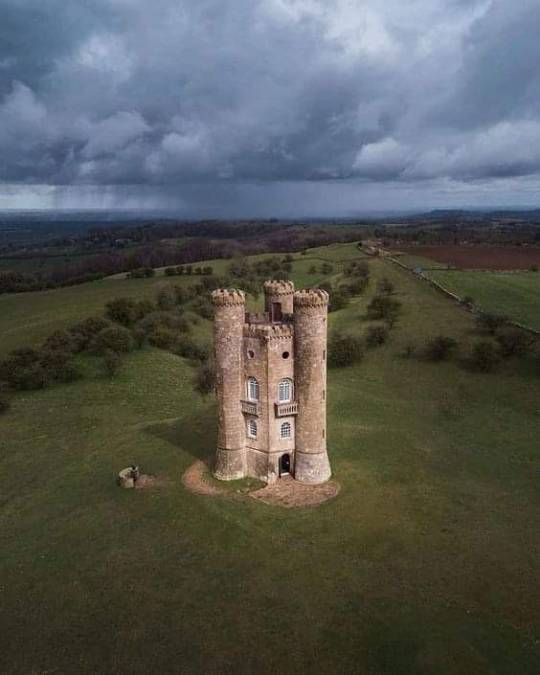
BROADWAY TOWER - ENGLAND
#broadway tower#torre broadway#worcestershire#worcester#england#inglaterra#united kingdom#reino unido#europe#europa
137 notes
·
View notes
Text
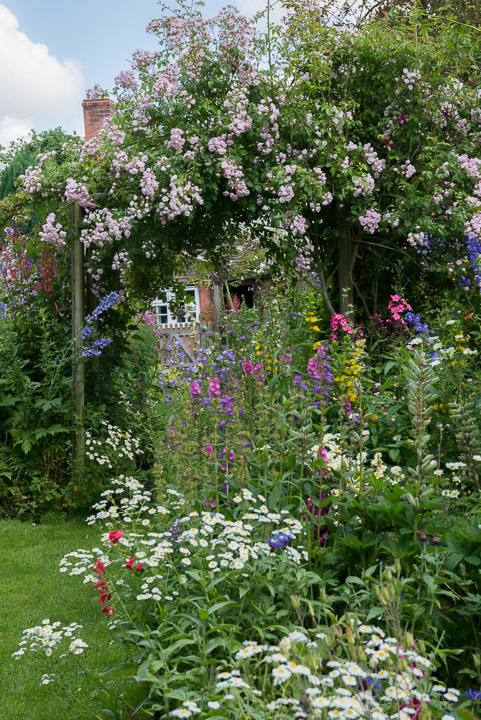

Worcestershire, England by Nicola Stocken
3K notes
·
View notes
Photo
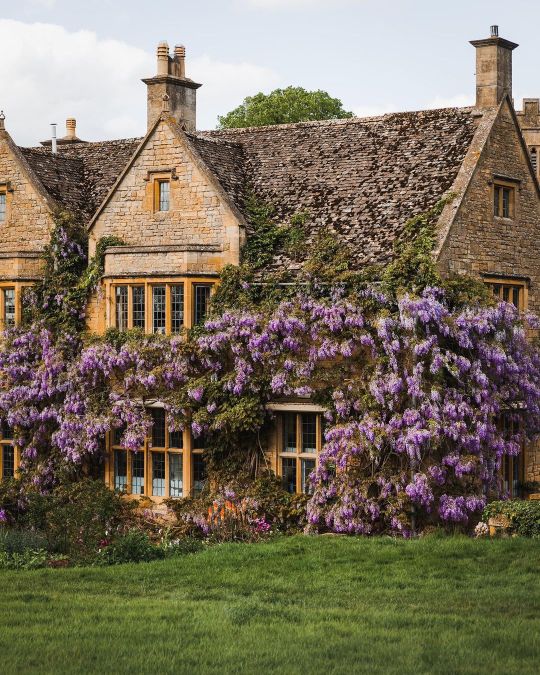



This wisteria drenched Manor House, outside Broadway, is the dream romantic Cotswolds getaway. ~ James Lloyd Cole
Broadway, Cotswolds, Worcestershire, England, United Kingdom
#The cotswolds#Broadway#Worcestershire#England#United Kingdom#elegant countryside#garden#Wisteria#flowers#cottagecoreedit#cottagecore#my edit
2K notes
·
View notes
Text

Inkberrow
clivenichols
#Inkberrow#Worcestershire#United Kingdom#pond#a place to reflect#calm#mindfulness#water garden#curators on tumblr
654 notes
·
View notes
Text
Ultimate Word Tournament!
beeves (English)
[biːvz]
(archaic or humorous) plural of beef.
Worcestershire (English, Culinary or Bri'ish Dialect)
[ˈwʊs.tɚ.ʃɚ]
1. A midland county of England bordered by Shropshire, Staffordshire, Warwickshire, Gloucestershire, Herefordshire and West Midlands.
2. a sharp sauce made with soy, vinegar, spices, etc., originally made in Worcester, England.
114 notes
·
View notes
Text
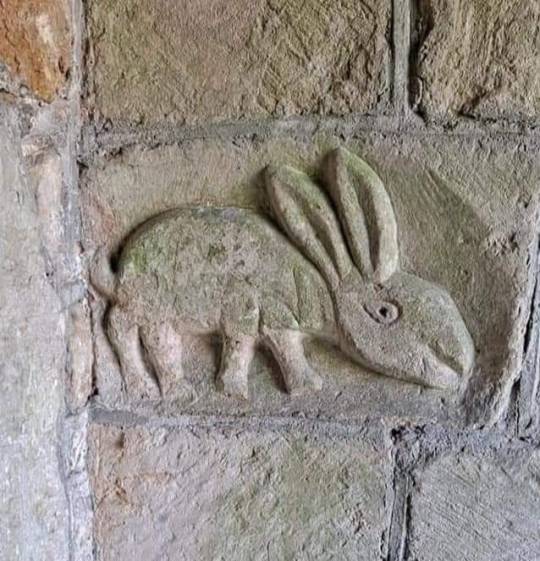
The Anglo-Saxon chronicler Bede gave us this simple explanation for the name of the festival.
"Eostremonath has a name which is now called Paschal month, and which was once named after a goddess of theirs named Eostre, and in her honour feasts were held in that month. Now they name the Paschal season by her name, calling the joy of the new rite by the time-honoured name of the old rite."
Nothing else is known about Eostre, although Jacob Grimm did speculate that the old German name Ostara was probably her cognate. He was trying to work backwards from traditions he saw in his time and it was only a theory, but it would be logical to assume a connection with Eostre in the lands the Anglo-Saxons originated from.
Eggs and bunnies are not connected in any way to Eostre, these traditions come about much later on and within a Christian context. Eggs were prohibited during Lent so people would have had a glut of them to use at Easter, and I have no doubt lots of them were painted and blessed for the occasion. The Easter bunny was always a hare, never a rabbit, and hopped out of the mists of 17th century German Lutheran folklore. During the Medieval era it was also commonly believed that hares could impregnate themselves, leading to an association with Mary.
So here's a medieval Easter bunny, a 14th century carving of a hare at, you guessed it, the Church of St Mary, at Elmley Castle in Worcestershire. Have a great Easter!
~ Hugh Williams
On another note:
"There is simply no evidence for this commonly repeated myth.
It’s not factually true and is simply speculation by one monk in 725.
There is no evidence that he was correct about this. There are no references or images of Eostre anywhere else or in anything else at all. He also documents Woden and Thor, but they are verified as deities that were worshiped, but not so with Eostre. In fact it appears to be far more probable that the name of the lunar month Eosturmonath is actually a reference to “the month of opening” for the rather obvious reason that it is springtime.
When it comes to this goddess, we have no images, no carvings and no legends, just this single reference by Bede that appears to be speculation, and so that is why most folklorists will dismiss the assertion that Easter is named after the goddess Eostre as a myth.
Ronald Hutton, expert in pre-Christian religion, argues that:
"It is equally valid, however, to suggest that the Anglo-Saxon ‘Estor-monath’ simply meant ‘the month of opening’ or ‘the month of beginnings’, and that Bede mistakenly connected it with a goddess who either never existed at all, or was never associated with a particular season but merely, like Eos and Aurora, with the dawn itself.’3"
Hard to find a better source than Prof Hutton."
~ Matt Lewis
and this link for further reading:
https://www.timesofisrael.com/the-pagan-goddess-behind-the-holiday-of-easter/?fbclid=IwAR2IhpTsPjt0pMkSyyR0w4COXVI3d3QCSzVA6bGzTH1sYWgDAsuctNIrpaw_aem_AbAxlLoqWL9_Hf4CqCBG3mcZ8C_jut9RiJ6rl_5cGae-d0HHJMpMQ0NmAQsYgZkITXjnee-AcUwFAHZAqf_6rtGF
#Ostara#Hare#Tis The Season#Wheel of the Year#Paschal#Eostre#Anglo-Saxons#eggs#Easter#traditions#ancient ways#sacred ways#easter bunny#folklore#folkways#medieval#14th century carving#Church of St Mary#Elmley Castle#Worcestershire#England#United Kingdom#Ancestors Alive!#What is Remembered Lives#Memory & Spirit of Place#Bede#Anglo-Saxon Chronicles#Professor Ronald Hutton#Professor Hutton#Ronald Hutton
12 notes
·
View notes
Text

Birthday gift for @patrickthehenchman of his Don't Starve OC, Worcestershire The Fisherwoman!
#myart#other's oc's#gifts for others#dontstarve#donstarveoc#worcestershire#birthday art#oc#ocart#originalcharacter#digitalart#illustration#characterart#originalart#characterdesign#ocsketches
17 notes
·
View notes
Text

Great Malvern Priory illuminated on a snowy winter's night
#Great Malvern Priory#Church of St Mary & St Michael#snowfall#Worcestershire#English villages#Gothic architecture#winter
418 notes
·
View notes